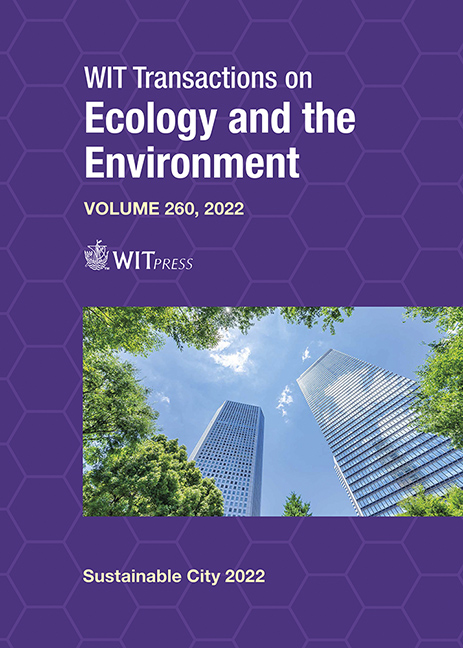REINVENTING THE IMAGE OF CITIES USING THE ELEMENT OF WATER: INTERNATIONAL CASE STUDIES OF WATERFRONT URBAN DEVELOPMENTS
Price
Free (open access)
Transaction
Volume
260
Pages
13
Page Range
365 - 377
Published
2022
Paper DOI
10.2495/SC220301
Copyright
Author(s)
RACHIDA BENABBOU, YANN HUI, EMMA ROBERTS, JIANG JIANG SHAO
Abstract
The relationship between human settlements and water has been complex and multidimensional throughout history. However, the urban history of cities is intrinsically related to their interaction with the element of water. The element of water enables spectacles to occur. People gravitate towards the water’s edge, socio-cultural life improves, new spaces are discovered, and, in turn, the city is reconciled with the waterfront (natural harbour/river) by invigorating the civic realm via the activation of public space(s). The conference paper focuses on exploring four different international urban master-planning projects (Casablanca in Morocco, Hong Kong Special Administrative Region in China, Liverpool in the United Kingdom and Shanghai in China), which utilise the element of water (natural harbour/river) as a means of reinvigorating major district(s) within city centres via the process of reconciliation, and in turn, reinventing the image of the city. The main aim of the research team is to understand the dynamics behind these urban master-plan projects and to highlight the new aspects of the process of reevaluation/ re-invention of the city’s identity and urban character through reconnecting to the water’s edge (natural harbour/river) and regenerating the waterfront. In summary, this paper is an attempt to express the significance of integrating water as a unified natural element and as an essential landscape feature within urban master-planning visions leading to a more sustainable future for our cities globally, as well as to highlight the new urban design aspects of the process of re-evaluation and re-invention of the city’s identity and urban character. The main drive of the paper is that emphasising links to the element of water should be considered a key lead urban design factor within the regeneration of cities internationally.
Keywords
international cities, sustainability, waterfront developments, urban developments, urban planning, urban regeneration





